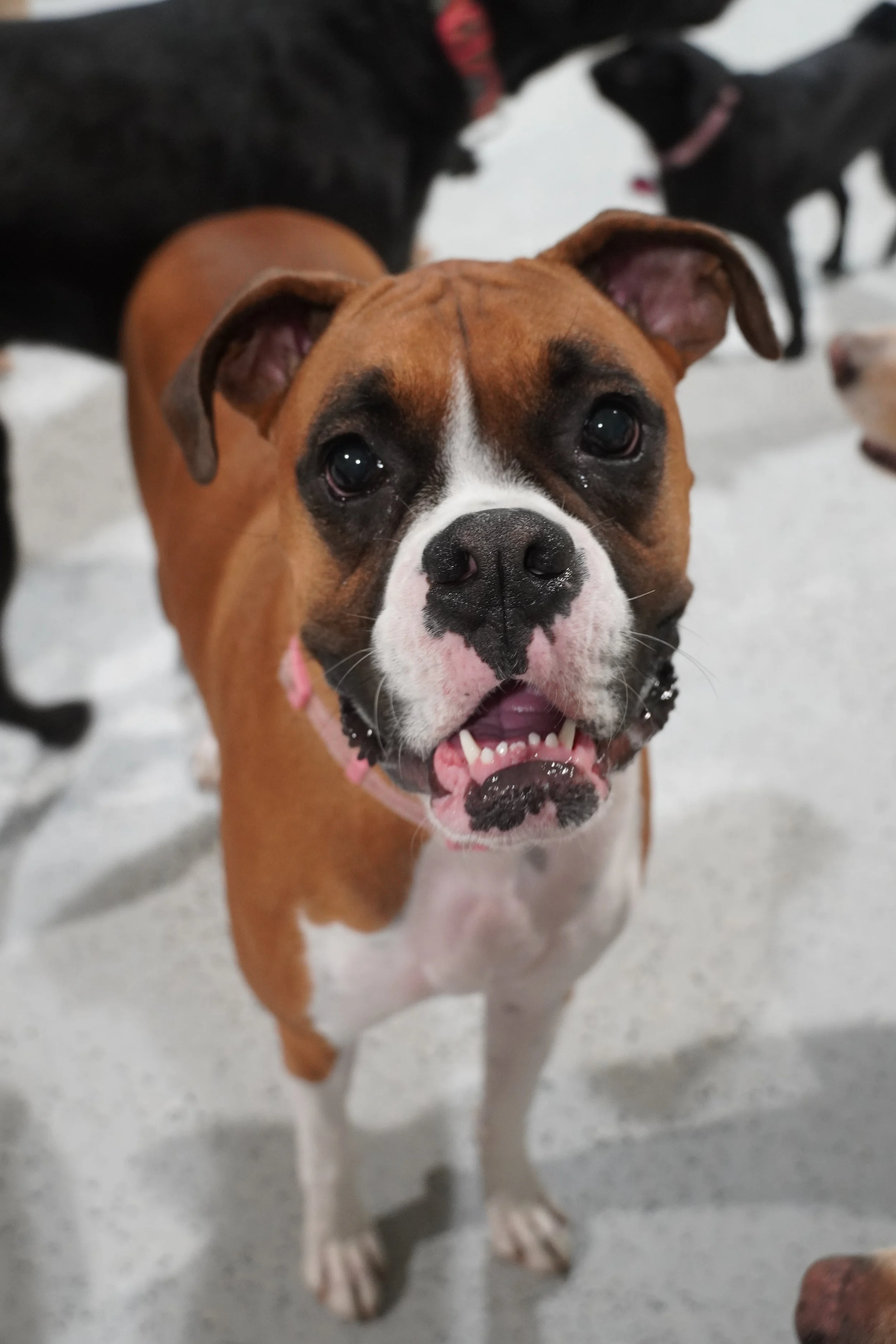Understanding Your Dog's Body Language: Are You Listening?
As the sun dips below the horizon here in Northern Virginia, imagine a quiet evening stroll with your furry best friend. A neighborhood child runs up to say hello to your pup, and your dog’s tail is wagging and they look like they are “smiling”, so they must be enjoying it, right? Well, maybe, but maybe not. The answer depends on a number of factors. This article delves into the intricate world of canine body language, focusing on those commonly misunderstood signals that, once understood, can greatly enhance the bond between you and your pet.
The Misinterpreted Signs of Tail Wagging
Understanding dog body language is the key to a happy and harmonious bond between you and your pup!
Tail wagging is often seen as the universal dog language for happiness. However, this isn't always the case. A wagging tail can indicate a range of emotions from excitement to fear, anxiety, or even aggression. The key is in the details: the speed, direction, and position of the wag can tell you a lot about what your dog is feeling. For example, right-sided wags often indicate positive feelings, while left-sided wags can signify negative emotions. Very fast, short, upright and stiff tail wags may indicate aggression or insecurity, while big, sweeping wags and wiggly hips indicates a happy, friendly pup. Thus, a tail wag in the presence of other dogs or children might not mean what you think it does.
Subtle Signals: Look Away and Clown Mouth
Dogs communicate discomfort in subtle ways that are often overlooked or misinterpreted. One such signal is when a dog looks away. While it might seem like they are simply distracted or ignoring the situation, a dog looking away is often a sign of discomfort or unease. Similarly, a grinning or "clown mouth" might look cute or appear as if the dog is happy, but it's often a sign of anxiety or fear, especially in uncertain situations or during tense interactions with children or other animals
Raised Hackles and Posture: Signs of Arousal
The term 'hackles' refers to the hair along a dog's back and neck. When a dog's hackles are raised, it indicates a heightened state of arousal, which could be due to excitement, fear, or aggression. This response is similar to goosebumps in humans and is an involuntary reaction to their environment. Additionally, a dog's posture can provide significant clues about their mood and intentions. A cowering posture might indicate fear, while a more forward-leaning posture could suggest curiosity or even aggression. Relaxed dogs will display loose, more wiggly body language. Understanding these signs can help prevent misunderstandings or negative interactions, especially in crowded areas or dog parks.
In Conclusion: Are You Listening to Your Dog?
Your dog is communicating with you constantly through their body language. By understanding and correctly interpreting these silent cues, you can anticipate their needs, emotions, and potential reactions, making for a safer and more harmonious environment for everyone involved. So, as you continue your journey as a dog parent, take an extra moment to observe and listen. After all, in the subtle tail wags, the soft looks away, and countless other subtle cues, lies a conversation waiting to be understood. Are you ready to listen?
At Bark + Boarding, we understand that every dog is unique, and interpreting these signs can be challenging. Have questions about your pup? Chat with our certified trainer during a Virtual Training Consultation! We want to help you understand your dog's specific body language cues, promoting a deeper and more empathetic relationship between you and your pet.

